The Rise of Minimalism in Graphic Design: Less is More
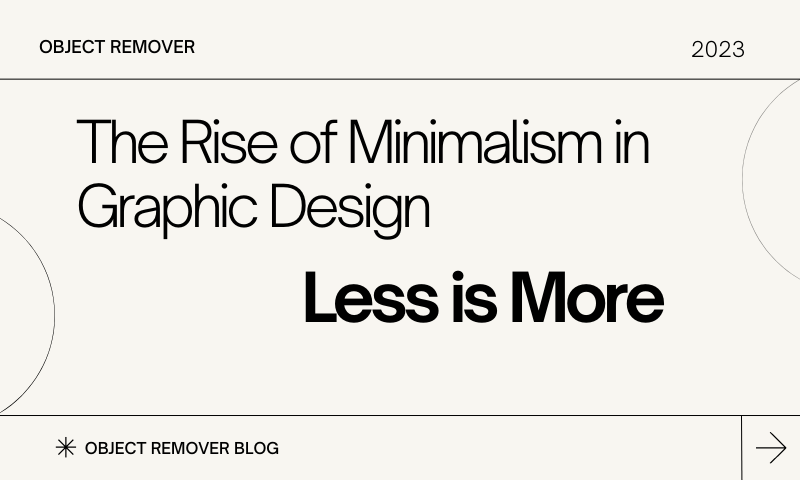
What do you know about graphic design styles? Art Movement styles Deco, Cubism, Psychedelia, Pop Art, and Minimalism. In this text, we can be cognizance of minimalism.
Minimalism expresses simplicity, functionality, and beauty thru minimal elements and substances.
It first appeared at the beginning of the 20th century. Still, it peaked in the Sixties and Nineteen Seventies, becoming one of the most crucial genres of modern-day layout. The maximum classic style is the "less is more" layout philosophy promoted by Mies van der Rohe. We regularly see minimalist designs or works in photo design. The design idea is likewise slowly being offered via designers in their works.
The Origins of Minimalism in Graphic Design
With the rise of minimalism in the 1950s, Frank Stella's black art was exhibited at the Museum of Modern Art in New York in 1959. Among the motion's high-quality and most crucial innovators have been Carl Andre, Dan Flavin, Donald Judd, Sol LeWitt, Agnes Martin, and Robert Morris.
Key Principles of Minimalism in Graphic Design
1. Simplicity and Clarity
The idea of minimalism is just like its name, to make the work as simple as possible and emphasize practicality. The core elements are grasped in the visual presentation, and unnecessary elements are removed. Designers use clear and intuitive works to convey information so that viewers can better understand the work and focus on the core message of the work itself.
2. White Space
In minimalist design, white space refers to the blank area around the main elements in a composition. By skillfully utilizing white space, designers can enhance the overall visual effect of the design. White space allows the viewer's eyes to buffer and rest, absorbing the essential elements of the piece.
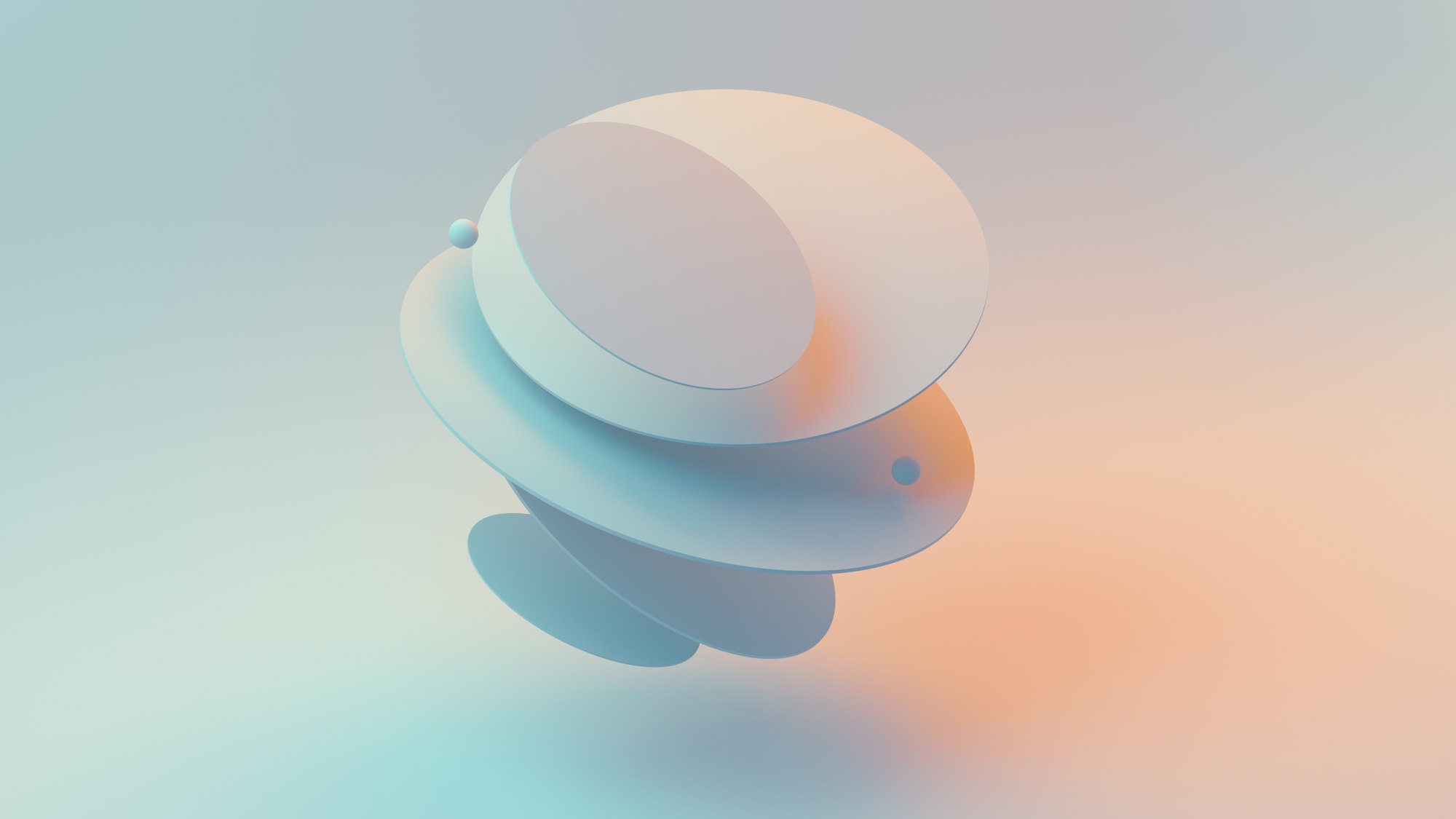
3. Typography
Minimalist typography is extra concise. Therefore, the fonts selected for minimalism are generally sans-serif, which is visually cleaner and extra elegant in their strokes and geometric shapes. The focus of minimalist fonts is on readability and capability, now not on ornate, ornamental fonts.
4. Limited Color Palette
Minimalism embraces simple art, using placing impartial tones and smart color selections to create a harmonious and visually cohesive announcement. Providing a nicely-chosen variety of colors, the emotional and symbolic temper of the layout is more advantageous, raising its whole message.
The Benefits of Minimalism in Graphic Design
Minimalism offers numerous benefits for both designers and viewers. Let's explore some of the advantages:
- Enhanced Communication: Minimalistic designs speak greater efficiently by stripping away unnecessary distractions. With fewer factors, visitors can quickly draw close to the intended message, resulting in a greater enticing and impactful experience.
- Timeless Appeal: Minimalism transcends tendencies and fads, making it a timeless approach to design. By specializing in fundamental concepts, minimalist designs have a long-lasting attraction. They can face up to the check of time.
- Increased Usability: By simplifying designs, minimalism complements usability. Cluttered and complex designs can confuse and crush customers, whereas minimalistic designs offer intuitive and easy navigation. This usability issue is vital in web layout, where users assume a continuing and effortless revel.
- Versatility: Minimalism is a flexible fashion that may be implemented in diverse design disciplines, which includes branding, packaging, web layout, and print media. Its adaptability allows designers to create cohesive visible identities throughout one-of-a-kind mediums.
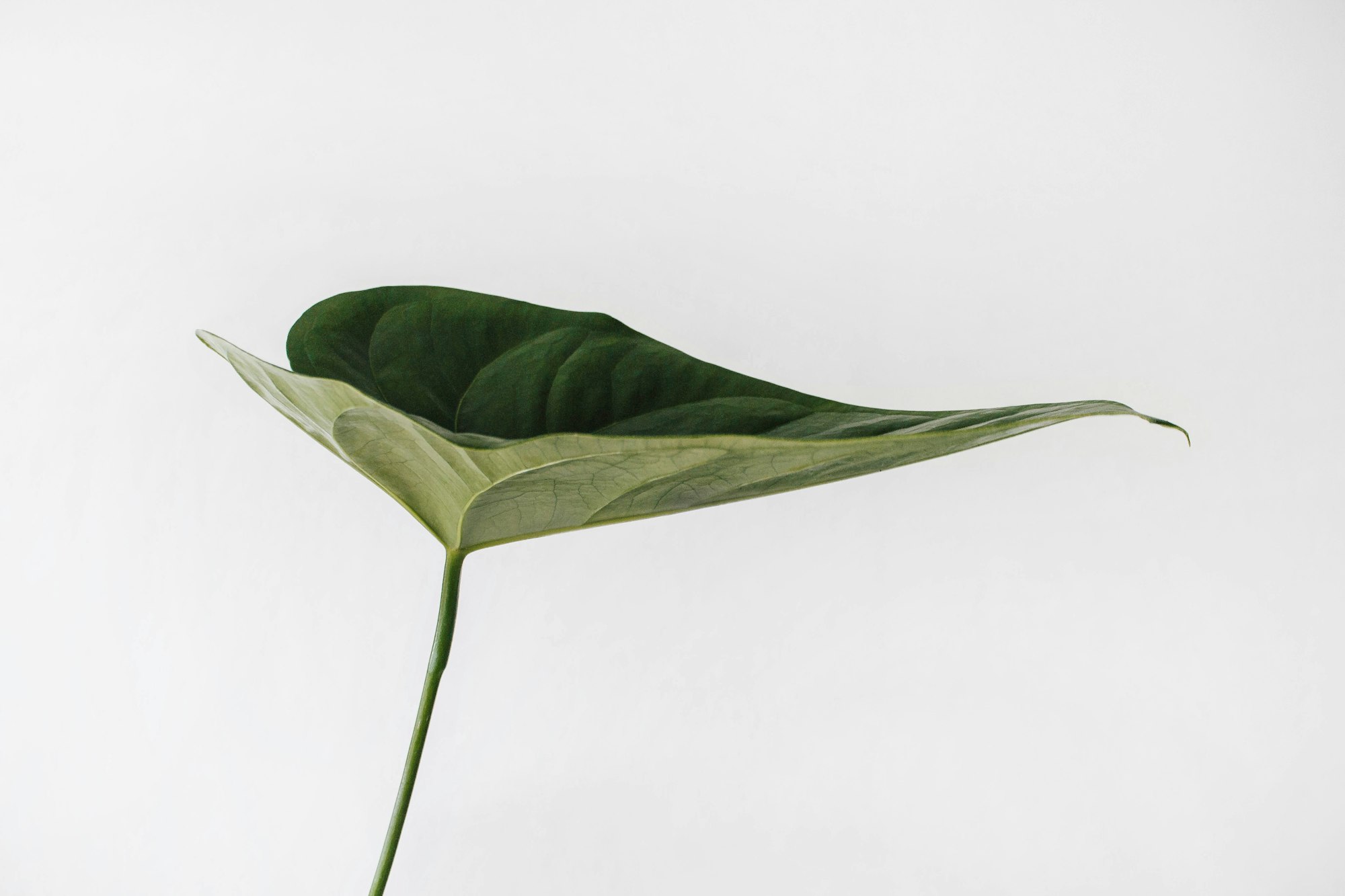
The Rise of Minimalism in Graphic Design: Less is More
Minimalism has won a full-size reputation in recent years, becoming a dominant trend in photo layout. Designers and types alike embrace this approach to create impactful and noteworthy visuals.
Visual Impact: Minimalistic designs have a sturdy visible effect due to their simplicity and readability. Minimalistic designs capture interest and leave a long-lasting impact by using a constrained color palette, clean typography, and beneficent whitespace.
Responsive Design: With the increasing use of mobile gadgets, a responsive layout has emerged as essential. Minimalism lends itself to responsive layouts, allowing for smooth versions throughout unique display sizes without compromising the overall design integrity.
User Experience: Minimalistic designs prioritize consumer experience by means of disposing of unnecessary muddles and enhancing readability. By specializing in vital factors, designers can guide users' attention and create seamless browsing enjoyment.
Brand Identity: Minimalism offers an effective device for organizing a solid emblem identification. By simplifying the visual factors related to a brand, companies can create a steady and recognizable identification that resonates with their target audience.
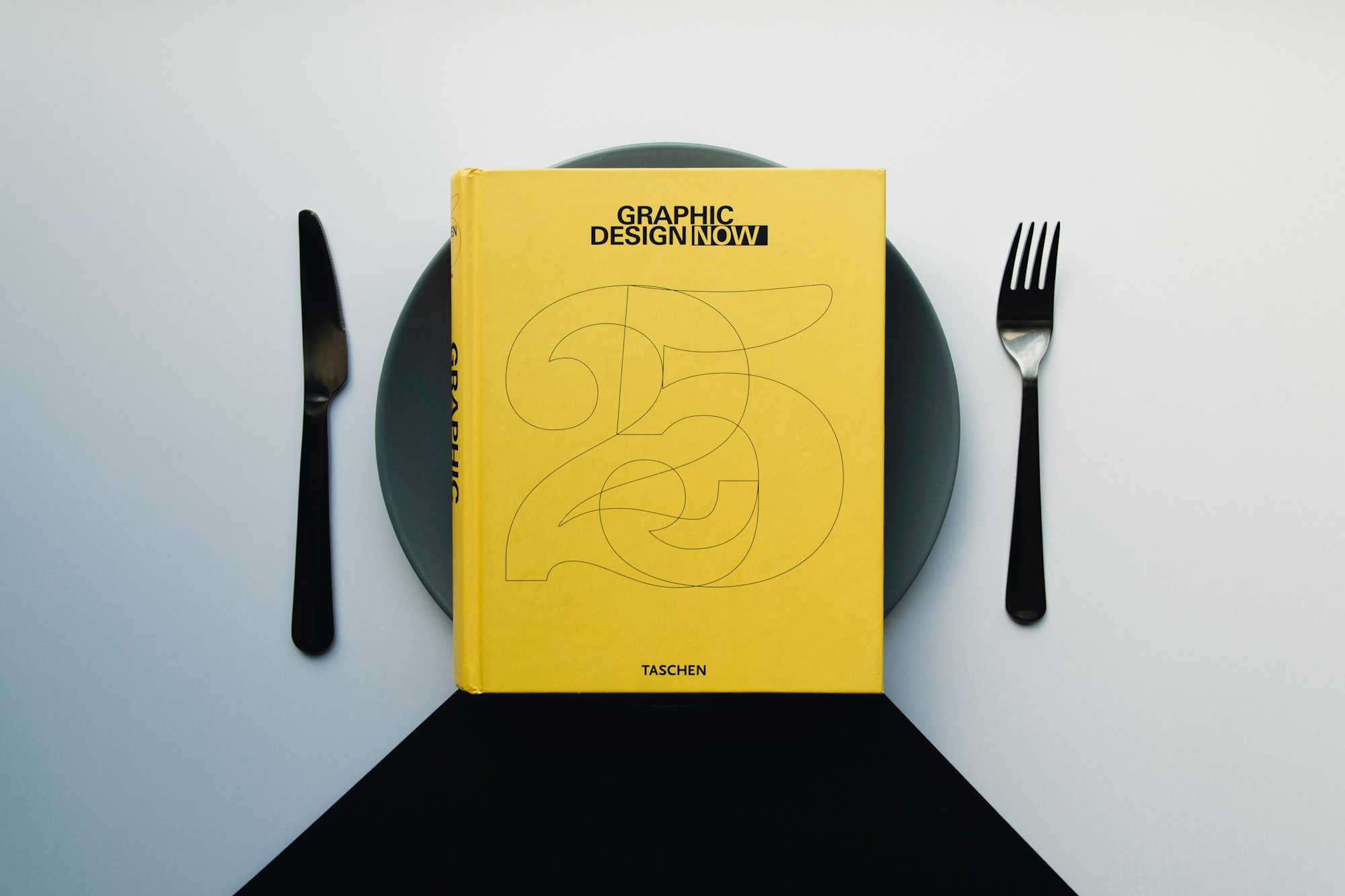
Applying Minimalism in Graphic Design
Minimalism in Logo Design
Minimalism has had an extensive effect on emblem design. Many iconic emblems are minimalist, including Nike's swoosh or Apple's bitten apple. These designs rely upon simplicity and robust visual elements to create memorable and undying logo identities.
Minimalism in Web Design
Web designers have embraced minimalism to enhance a person's experience and create visually attractive websites. Minimalistic internet design focuses on clean navigation, readability, and uncluttered layouts. By putting off pointless elements, designers can manual users' attention to the maximum critical content material.
Minimalism in Print Design
Minimalism has also made its mark in print layouts, including posters, brochures, and magazines. Clean layouts, minimal text, and hanging visuals are used to capture interest and bring statistics efficaciously. Minimalistic print design is particularly powerful in delivering an effective message thru visible impact.
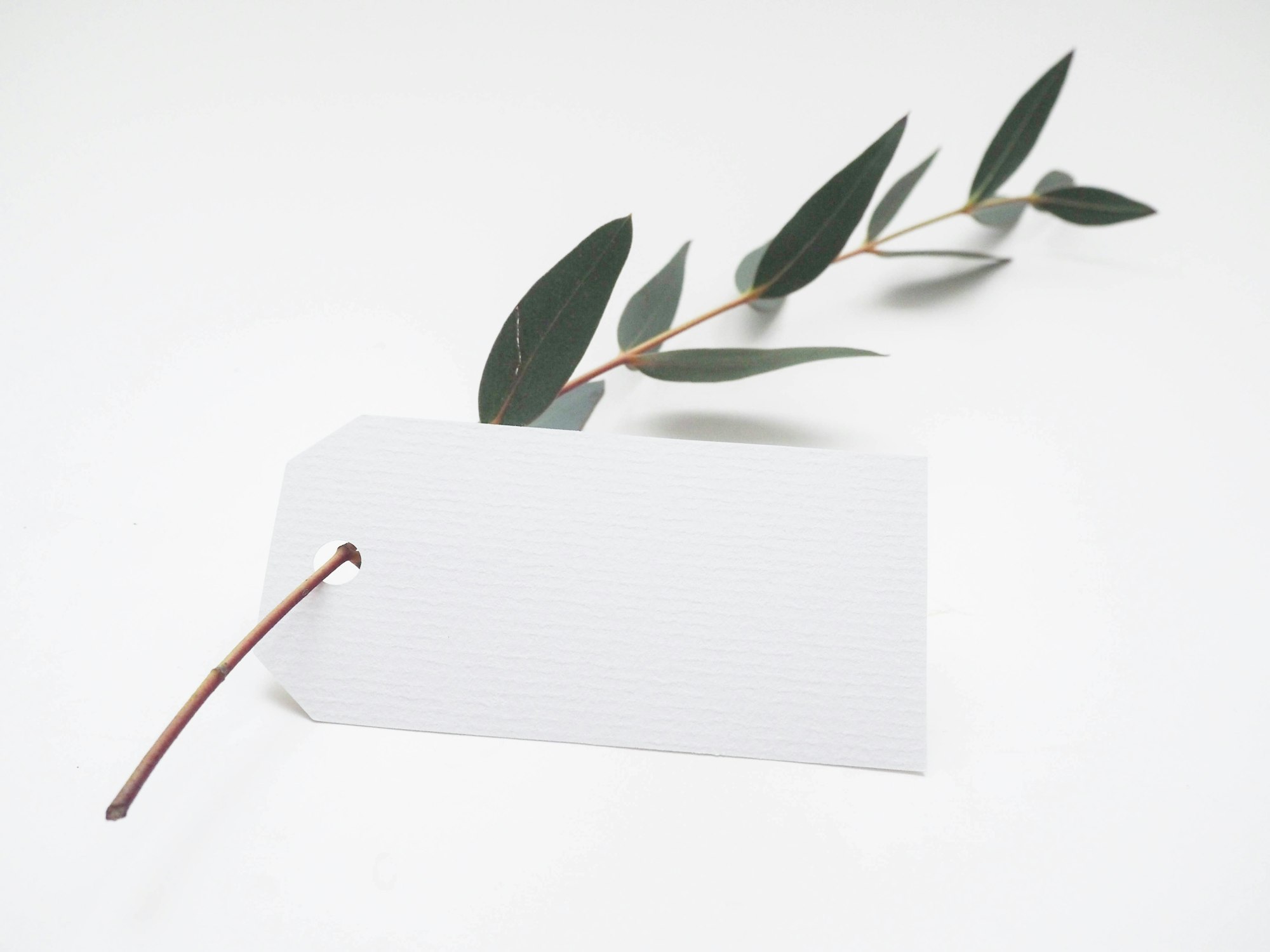
Minimalism vs. Complexity
Finding the Balance While minimalism has won popularity, striking stability between minimalism and complexity is essential. Some designs require additional factors to convey a specific message or evoke certain emotions. Designers want to assess the context and motive of their paintings to decide whether minimalism is the most appropriate method.
Conclusion
Minimalism is becoming increasingly popular as it continues to integrate into our lives. Some appreciate its simplicity, others appreciate its directness, and others appreciate its uniqueness. Designers present their understanding of minimalism in their work. Some works are visually striking, some are softer, and some make the viewer feel relaxed.
Whether it's corporate branding, web layout, or print design, more minimalist work is being presented to the public. Designers and viewers have gained different insights and understandings from exposure to the ethical variety of minimalist styles. How do you understand minimalism?